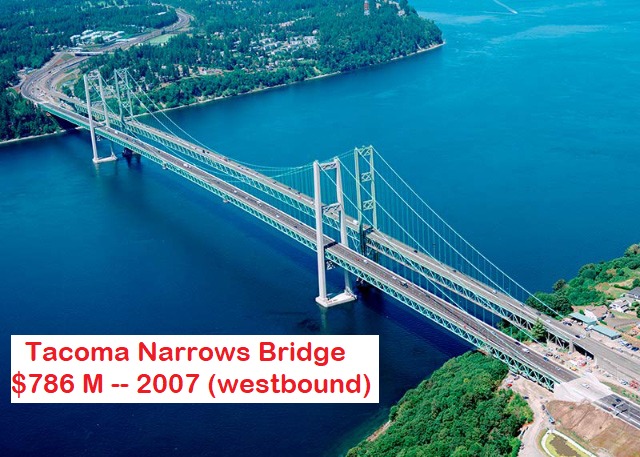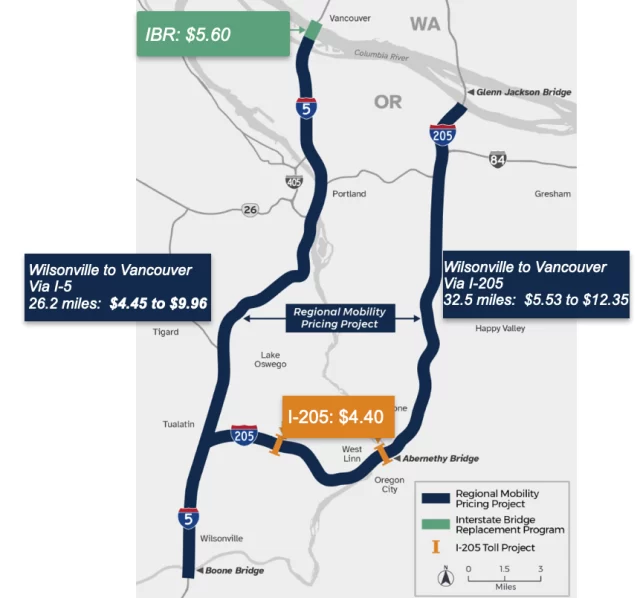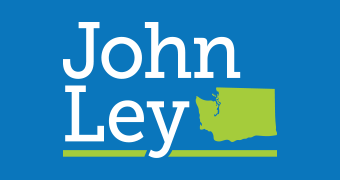Legislators Chris Gorsek and Susan McLain argue we must “invest” in a replacement Interstate Bridge now. (Portland Tribune Jan. 26). Why?
They never address the $7.5 billion projected cost, nor ODOT’s poor track record in delivering transportation projects on budget. In the failed Columbia River Crossing, the bridge itself was $792 million, less than one quarter of the $3.5 billion price tag. Hood River is currently replacing their Columbia River bridge for $520 million.
We could build a replacement bridge for around $1 billion, leaving billions for other transportation needs in both states. (Bridges less than $1 billion). In 2007, Washington built a new Tacoma Narrows bridge for $786 million. In 2005, IBR consultant WSP built an 8-lane 13,200 foot long bridge in Charleston for about $700 million which offers 186 feet of clearance for marine traffic. That’s over triple the Interstate Bridge length.

There is only a “conceptual design” 4 years into the IBR, so it’s impossible to accurately predict costs.
There is no need for TriMet’s $1.3 billion “high capacity” MAX light rail extension, as presently less than 1,000 a day use any form of transit to cross the river. Furthermore, TriMet is demanding new taxes on both sides of the river to pay for operations and maintenance of the 3-mile extension.
The IBR has misled legislators and the people on multiple “facts”. They originally projected 26,000 to 33,000 daily transit riders on I-5 while refusing to provide documentation to justify the numbers. In December, that was reduced to 11,000 riders without explanation.
Neither TriMet nor C-Tran are projecting ridership will return to pre pandemic levels any time this decade. People remain extremely cautious about getting inside transit vehicles with strangers, in the aftermath of COVID-19 health concerns.
The IBR lied about the huge cost increase, blaming it on inflation. Economist Joe Cortright pointed out the original $3.2 – $4.8 billion estimate was inflated to “year of expenditure”. Perhaps $300 million of the roughly $2.5 billion increase can be attributed to inflation.
Finally, the IBR does nothing to reduce traffic congestion. Greg Johnson’s team projects that half of rush hour traffic will move at zero to 20 mph by 2045. That’s after the expenditure of $7.5 billion on the IBR and another $1.45 billion on the Rose Quarter.
Greenhouse gas reductions will be non-existent when half of rush hour vehicles are stuck going 0-20 mph. Morning commute times will double. It will take 60 minutes to go from Salmon Creek in Vancouver to the Fremont Bridge, adding greenhouse gasses.
ODOT has roughly a $2 billion funding shortfall on current metro area transportation projects. Adding another $1 billion for the IBR does nothing for the people footing the bill.
We can and must do better.
Transportation architect Kevin Peterson studied CRC traffic projection numbers for our growing region. We need either a new transportation corridor or at least 5 lanes in each direction on I-5 to handle growth by 2030. And yes, much of the growth will be people driving electric vehicles.
When designing infrastructure that will last over 100 years, shouldn’t the capacity of the new infrastructure be capable of handling more total vehicles and people? Freedom of movement is highly cherished here in the Pacific NW as we enjoy the great outdoors.
In 2018 ODOT predicted 130,000 vehicles will divert onto side roads and into neighborhoods, once tolling is implemented on all area freeways. Tolls don’t eliminate traffic congestion, but simply change where it occurs. Where’s the equity for citizens in Albina and north Portland, or for Oregon City and West Linn residents?
Cortright has calculated tolls on either an I-5 or I-205 route could equal as much as $30 for a hypothetical round-trip commute between Wilsonville and Vancouver during peak hours — when tolling rates would be at their highest to discourage congestion.

Imagine every vehicle crossing the Interstate Bridge today diverting onto side roads and into neighborhoods to avoid paying tolls. That’s an unacceptable safety and quality of life reduction.
We can and must do better. Legislators and IBR staff must stop misleading the people. We need solutions for transportation that are cost effective and actually save people time.

